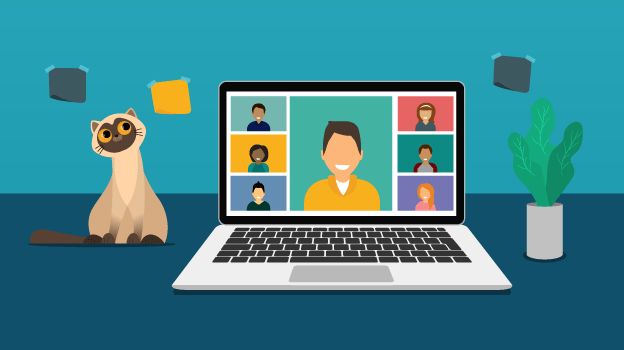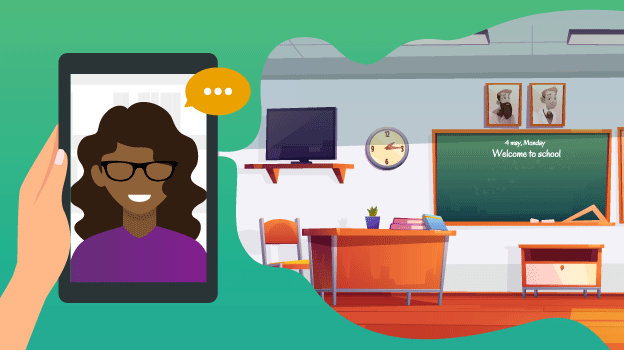
7 Misconceptions about the flipped classroom
The Flipped Classroom is becoming a serious alternative to the traditional approach to education and is spreading in more schools across the world. Instead of going to class to listen to the teacher’s lecture and then home to do their homework, students in a flipped classroom listen, watch or read by themselves before the class begins. While in class, they ask questions in order to clarify any difficult aspects of the lesson.
Despite the popularity of the flipped classroom, there are still plenty of misconceptions about it. Here are seven of them and how to overcome them.
-
It’s just a buzzword
Even though the “Flipped Classroom“ goes back to 2007, the concept of reverse instruction is far older. No matter what you call it, making students come prepared to class and then design classroom activities so that there are more discussions, more interaction and more personalized instruction is a sound approach to education.
-
You either flip it or you don’t
Many people assume that if you want to flip your classroom you have to flip it from all angles. But since the flipped classroom can be considered almost synonymous with personalized instruction, a one-size-fits-all approach is definitely not part of it. You can flip the entire semester, or just some types of lessons, or even some learning activities.
-
Flipped content must be a video
Flipped content can be in video format and this format may be the most popular. However, this does not mean it’s the only one. Teachers who want to flip their classrooms can opt for videos or simply go for text materials. These can be printed and handed out to the class before, or better yet, uploaded online in the school LMS or other class collaboration platform.
-
The teacher must be in the video
Teachers can become the star of their show by filming themselves holding a lecture. This adds personality to the learning material. However, not all teachers are natural with the camera. For those who prefer to avoid the filming light, the internet has plenty of educational video resources such as the Khan Academy and TED Talks.
-
The teacher needs a lot of technical knowledge
Flipping the classroom requires the use of technology, but it’s not rocket science. All technological tools created to assist instruction strive to be as intuitive as possible. Recording screens, using a microphone, or uploading various formats of resources in an LMS are things that are easy to learn. Plus, there are plenty of YouTube videos that provide tutorials.
-
Flipping the classroom takes too much time
Flipping the classroom does take time depending on the abilities of each teacher and how much of the class needs to be flipped. But once designed, it’ll save time. Teachers will be able to use the same piece of content over and over again. Then, any changes that must be made to keep the content updated will not take as much time.
-
Students may not be fans
Teenagers are known for avoiding homework and studying as much as possible. So how can we make sure they’ll do the necessary pre-class work? Communication is key. By asking questions like “What did you find difficult to understand in Chapter X?” or “What was the most interesting thing you found in the learning materials?” every time, teachers can nudge students to come prepared to class.
Visit our Blog for insightful posts on edtech for K-12 and Higher Ed.







